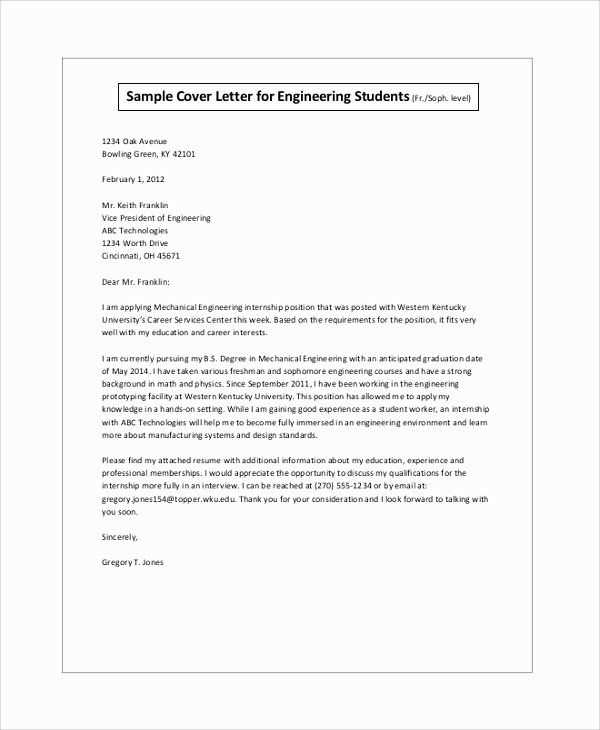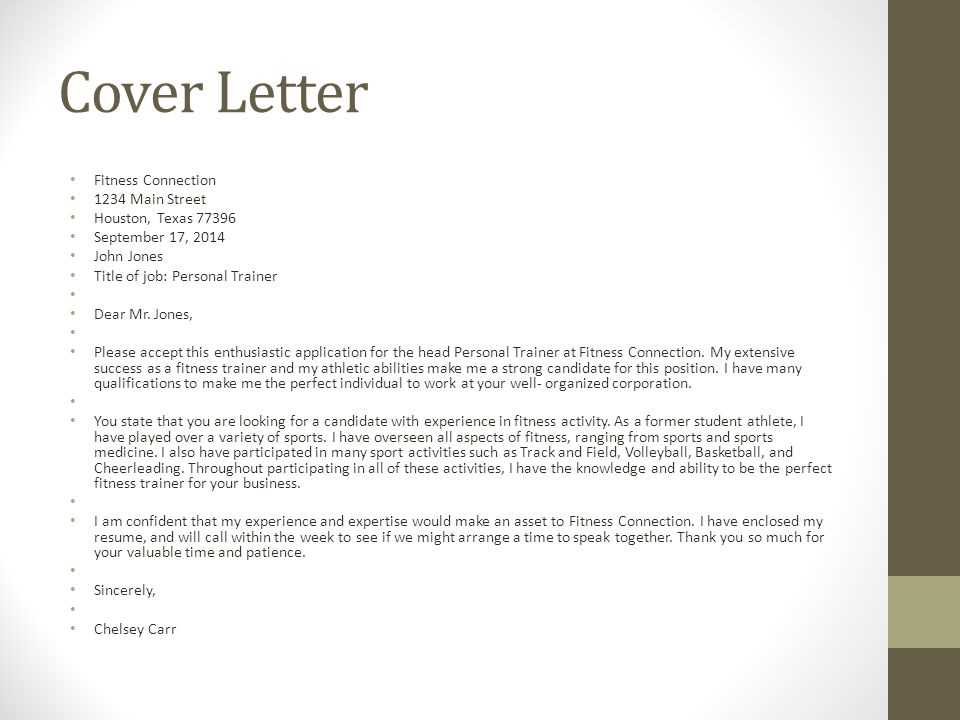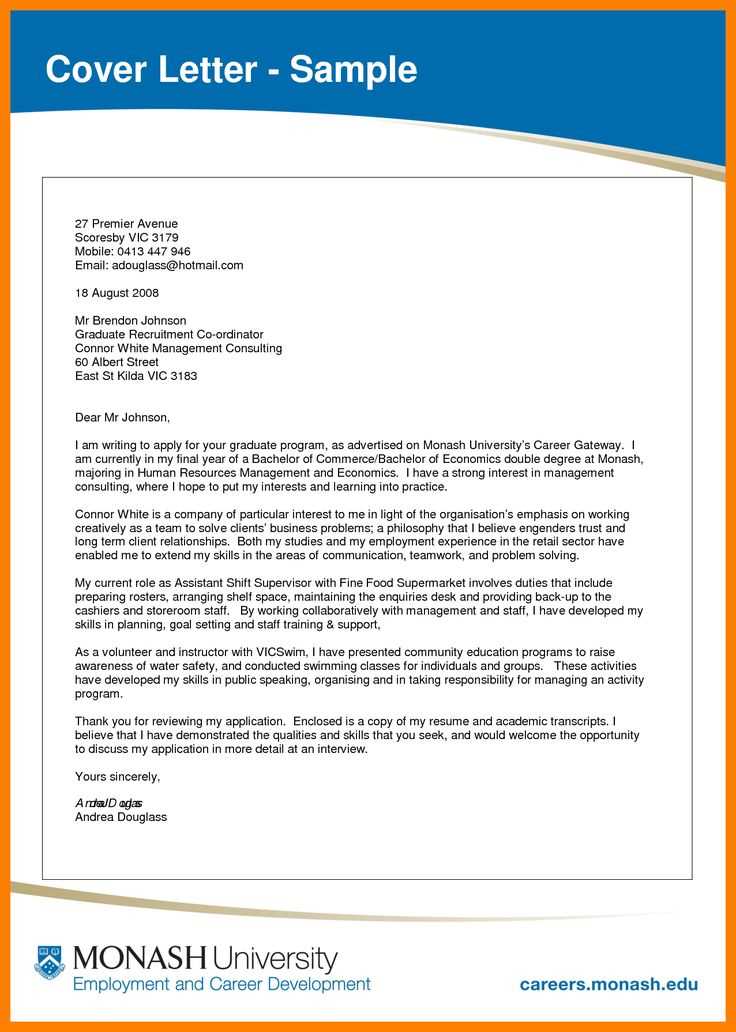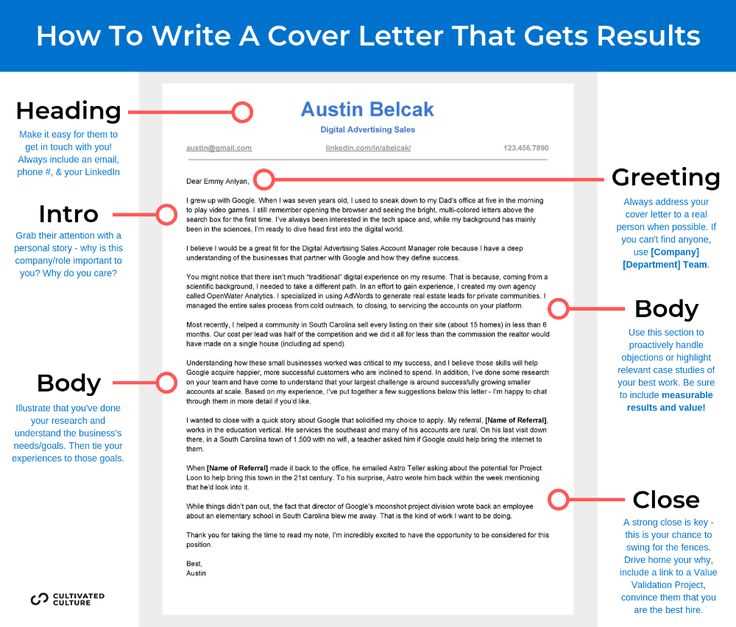Cover letter heading template

Craft your cover letter heading with precision and clarity. Start with your full name in a bold, easy-to-read font. This makes your letter stand out immediately. Beneath your name, include your contact details–phone number, email address, and LinkedIn profile, if applicable. Keep this section concise, aligning the information to the left or center based on your preference.
Next, place the recipient’s details. List the hiring manager’s name, job title, and company name. If you don’t know the hiring manager’s name, use a general title like “Hiring Manager.” Ensure the address follows the format: company name, street address, city, and ZIP code. This part should be placed below your contact details.
Finally, don’t forget the date. Include the date the letter is being sent directly beneath the recipient’s information. Make sure it’s formatted correctly (month, day, year). The date sets the tone for the rest of your application, so ensure it’s clear and precise.
Cover Letter Heading Template
Use a clear and structured format for your cover letter heading. This ensures that all necessary details are easy to locate. Follow this guide:
| Your Name | Include your full name, written clearly at the top. |
| Phone Number | List a phone number where you can be easily reached. |
| Email Address | Provide an email address that you check regularly. |
| Mailing Address | Include your current address or city and state if preferred. |
| Date | Include the date you are sending the letter. |
After your contact information, include the recipient’s name and title, followed by the company name and address. Keep the format neat and professional.
How to Format Your Contact Information
Place your contact details at the top of your cover letter, aligned to the left or centered. Use a clean, readable font and ensure the information is clear. Follow this order:
- Your full name, bolded for emphasis.
- Your phone number, including area code.
- Your professional email address–avoid personal ones like “[email protected].”
- Your LinkedIn profile or portfolio URL, if relevant.
- Your physical address (optional), especially if requested by the employer.
Avoid unnecessary details such as your social media handles, unless they’re directly related to your work or the role. Keep your contact info updated, and ensure all links are active. If you’re including a website or portfolio, test the URL beforehand.
Where to Place the Hiring Manager’s Name

Place the hiring manager’s name in the header of your cover letter, ideally after the company name and address, but before your salutation. Position it on the left-hand side of the page, following the same format as the company’s information. Use the format “Dear [Hiring Manager’s Full Name],” and ensure the name is spelled correctly and formatted consistently.
If you don’t have the hiring manager’s name, try to find it through research. Checking the company website, LinkedIn, or calling the company directly can help. Avoid using vague titles like “To Whom It May Concern” or “Dear Sir/Madam,” as a personalized approach stands out.
When addressing the person, keep their title professional (e.g., Mr., Ms., Dr.). Ensure you use the proper honorific based on the information available to you. It reflects attention to detail and respect for the individual’s role in the company.
Using the Correct Date Format

Choose a clear and consistent date format to avoid confusion. The most widely accepted format is “Month Day, Year” (e.g., January 15, 2025). This is simple and widely understood in many regions, particularly in professional settings.
International Formats
Different countries use different date formats. In the U.S., the format “Month Day, Year” is common, but in Europe, the format “Day Month Year” (e.g., 15 January 2025) is preferred. In some regions, the ISO 8601 format “Year-Month-Day” (2025-01-15) is the standard.
Consistency is Key
Once you select a format, stick with it throughout your cover letter. Inconsistent formatting can make your document look careless and unprofessional.
- Use “Month Day, Year” for U.S.-based jobs.
- Choose “Day Month Year” for roles in Europe.
- ISO format works well for international positions or global companies.
Including the Employer’s Details Accurately
Ensure the employer’s name, title, and company information are precise. Double-check spelling and format, especially for company names or titles with abbreviations. If possible, address the letter to a specific person rather than using generic terms like “Hiring Manager.” Research the correct designation or title to use. Avoid making assumptions about a person’s gender or job position–when in doubt, use a neutral salutation such as “Dear Hiring Manager.” Verify the company address and location by checking their official website or contacting the company directly if necessary. Accuracy in these details reflects professionalism and attention to detail.
Aligning Your Heading for Readability
Ensure your heading stands out without overwhelming the reader. Keep it left-aligned for most cases, as this is easier for the eye to track and read. Center-aligning can be suitable for formal letters or when the heading needs to be emphasized, but it can disrupt the natural flow of text in most situations.
Keep it Simple

Avoid long phrases in your heading. Use clear, concise wording to communicate the main idea. Limit your heading to just a few words that immediately capture attention, without unnecessary embellishments. This keeps the focus on the content itself rather than the format.
Use Consistent Spacing
Maintain uniform spacing before and after the heading to avoid a cluttered appearance. This ensures that the heading is visually distinct without competing with the surrounding content. A clean, balanced layout makes the letter easier to navigate.
Adjusting the Template for Different Job Applications
Tailor your heading to align with the specific position you’re applying for. Include the hiring manager’s name when possible, as a personal touch can grab attention. Adjust the subject line of your email to clearly reflect the role you’re pursuing, ensuring relevance to the job title. This shows direct interest and keeps your application concise.
Align with the Job Description
Use key phrases from the job listing to highlight how your skills match the role. If the posting emphasizes teamwork, mention your experience working in collaborative environments. Adapting your language to mirror the employer’s needs establishes a strong connection with the position and increases your chances of standing out.
Highlight Relevant Achievements
Show how your past accomplishments align with the job’s expectations. If you’re applying for a management position, highlight leadership experiences. For technical roles, focus on your specific skill set and achievements related to the field. Make your headline reflect your most relevant expertise to appeal directly to the employer’s needs.